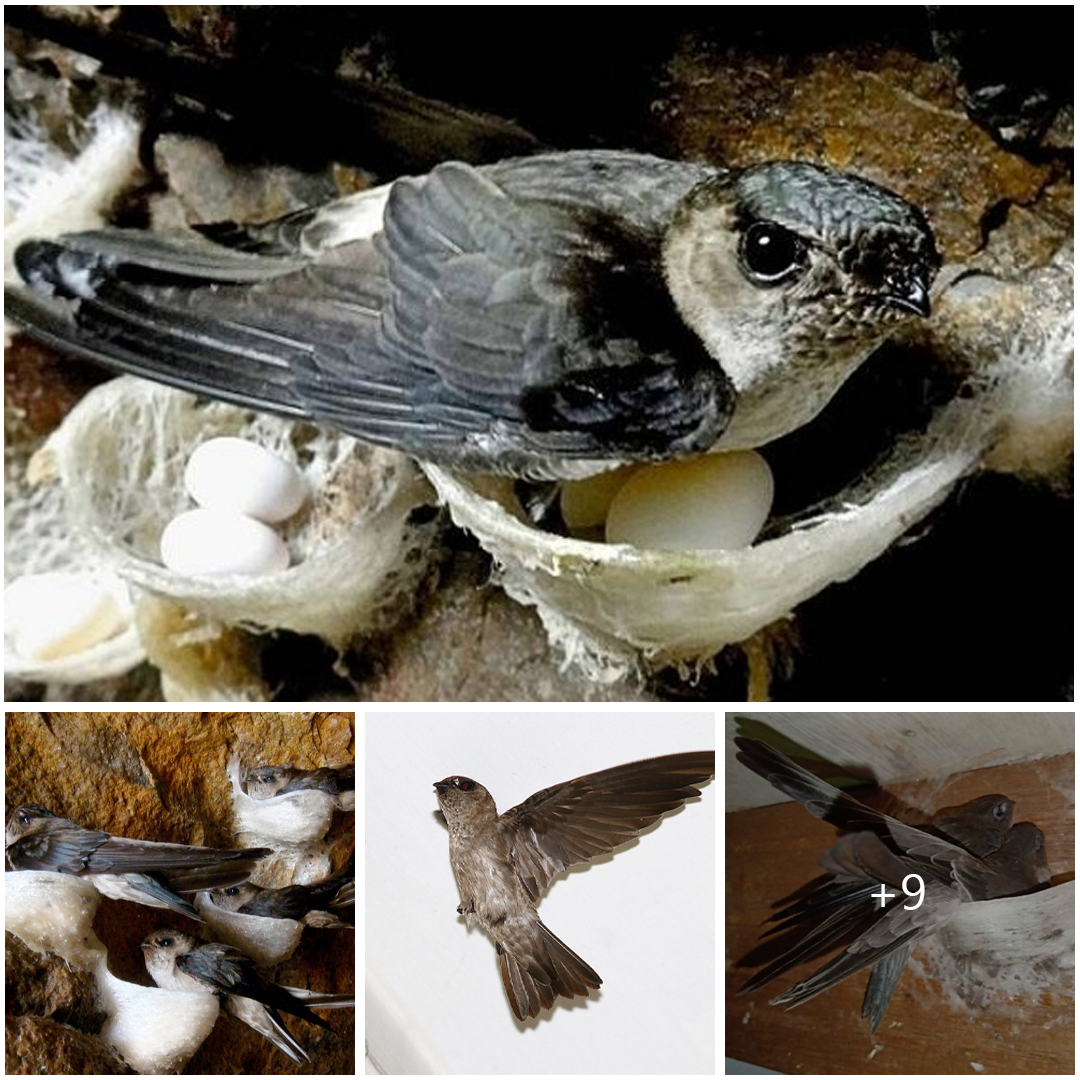
Discovering the Fascinating World of Swiftlets: The Enigmatic Birds Behind Edible Bird’s Nests
Swiftlets, a type of small bird belonging to the Apodidae family, have long captivated the imagination of humans with their remarkable aerial acrobatics and unique nesting behavior. Found across Asia, including in countries like Malaysia, Indonesia, and Thailand, swiftlets are best known for their role in producing edible bird’s nests, a highly prized delicacy in many cultures. In this article, we delve into the fascinating world of swiftlets, exploring their biology, behavior, and the cultural significance of their nests.
Swiftlets are small, agile birds with slender bodies and long wings, adapted for swift and maneuverable flight. They are capable of flying long distances at high speeds, often performing intricate aerial displays as they hunt for insects on the wing. Swiftlets are primarily insectivorous, feeding on small flying insects caught in mid-air using their specialized beaks and wide gapes.
One of the most intriguing aspects of swiftlets is their nesting behavior. Unlike most birds, which build nests using twigs, grass, and other materials, swiftlets construct their nests entirely out of saliva. These nests are attached to the walls of caves or cliffs, where the birds gather in large colonies during the breeding season. The saliva hardens into a gelatinous substance upon exposure to air, forming a sturdy structure that provides a secure environment for the eggs and chicks.
The nests of certain species of swiftlets, particularly the Aerodramus genus, are highly prized for their culinary and medicinal properties. Edible bird’s nests, often referred to as “yanwo” or “yan zhan” in Chinese culture, are believed to have various health benefits, including promoting longevity and enhancing skin health. As a result, they are considered a luxury ingredient and command high prices in markets around the world.
However, the harvesting of bird’s nests has raised concerns about its impact on swiftlet populations and the conservation of their habitats. Unsustainable harvesting practices, habitat destruction, and pollution have threatened the survival of swiftlet populations in some areas, prompting efforts to regulate the industry and promote sustainable practices.
Despite these challenges, swiftlets continue to thrive in many parts of Asia, captivating birdwatchers and conservationists alike with their remarkable adaptations and behaviors. By understanding and appreciating the importance of swiftlets in their ecosystems, we can work towards ensuring their continued survival for generations to come.





